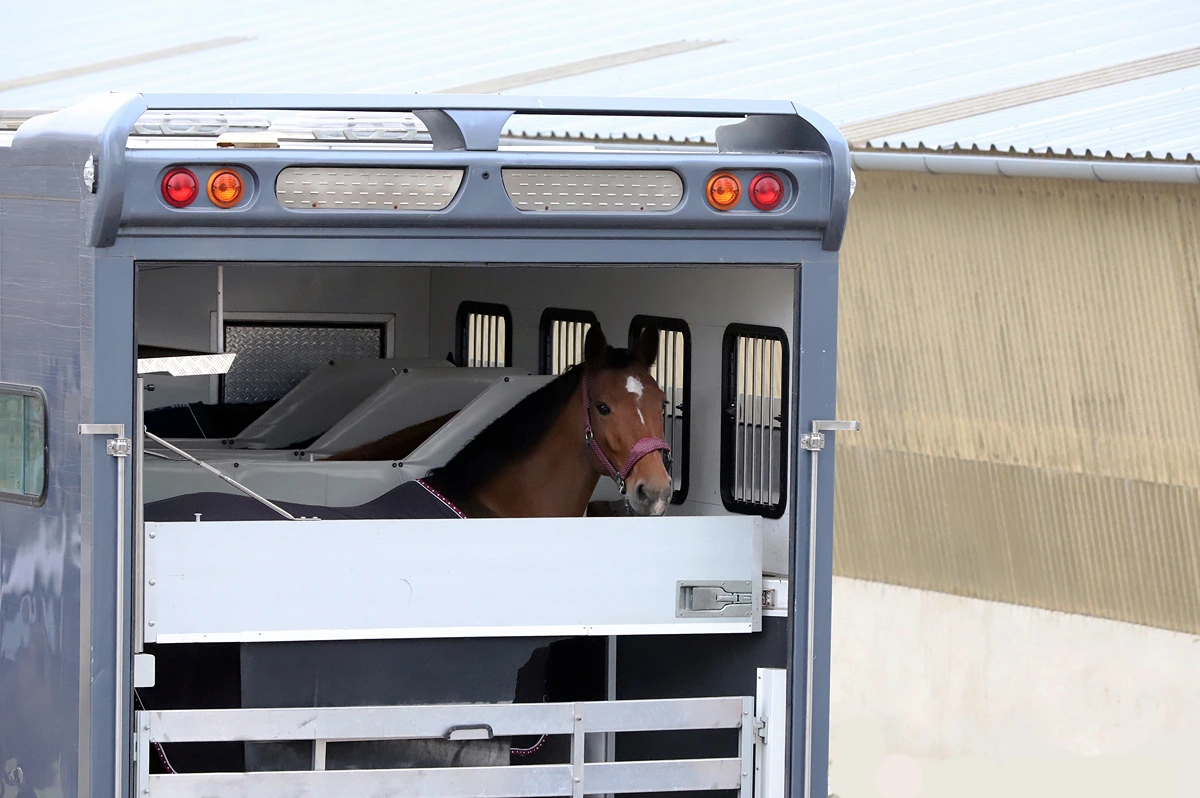Blog
Transporting Your Horses – Do’s and Don’t

Good quality and competitive horses are transported for long distances in confining spaces. Transportation exerts stress on horses, and there are various side effects, including respiratory and gastrointestinal disease and injuries. With continuous transportation of 12 hours, gastric ulceration is due to the raised level of gastric acids in fasted horses. The adverse effects of transportation may be affected by confinement, isolation, travel direction, and the size of the compartment in which the horse is transported. The most common issues that occur due to transportation include muscular problems, heat stress, colic, diarrhea, shipping pneumonia, and laminitis. During transportation, there is also a risk of traumatic injuries (inflammation, bruising, laceration). When horses are transported, tranquilizers may be used, which increases the possibility of injuries. Heat stress may become aggravated due to restrictions on water availability and hay feeding prior to transportation. Without proper recovery therapy after transportation (rehydration, walking) the risk of laminitis increased. When the transportation duration increases, the probability of shipping fever (pasteurellosis) increases. Due to improper watering and diet management, gastric issues become more aggravated as cases of colic increase along with gastroenteritis.
The strength of the trailer should be ensured so that it can hold the horse safely and prevent its escape. A rigid roof is desired throughout the length of the vehicle. The vehicle’s internal surfaces should be smooth and obstructions free, along with the loading ramp’s non-slippery surface. The lights and brakes of the vehicle should be ensured for correct working. Space inside the car should be enough for the natural standing of the horse’s sitting position, along with proper ventilation and air circulation. For the partition, an adjustable partition board should be used, having a height of 2 feet and 2 feet from the floor. During two horses’ transportation, the heavier horse should be tied on the driver’s side, and the center partition should be removed. Ensure the cleanliness of vehicles and make sure they are free from air pollution. Ensure proper fitting of protective equipment (banket, bandages, shipping boots, and hoods, etc.). A halter is also required for the horse’s movement during loading, unloading, and to tie up inside the vehicle. Avoid using sticks, metal and plastic piping, leather belts or straps, and electric rods inside the vehicle. During long-distance transportation, checking of horses after 30 minutes, then after every four hours water can be offered depending on the season. After reaching the destination, untie the horses before opening gates or lowering the ramp. At the final destination, provide fresh water to your horses along with fresh fodder and a comfortable place for rest. You can go for a gentle walk with your horse, which is very beneficial.
